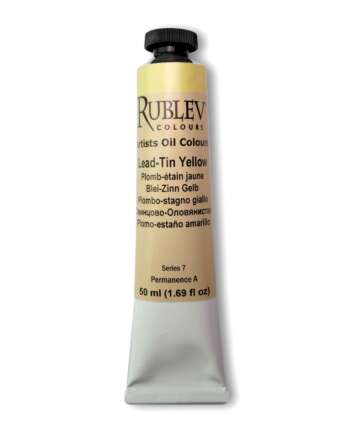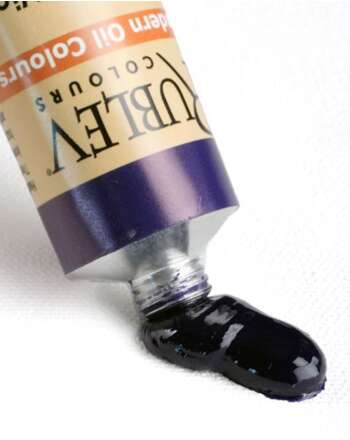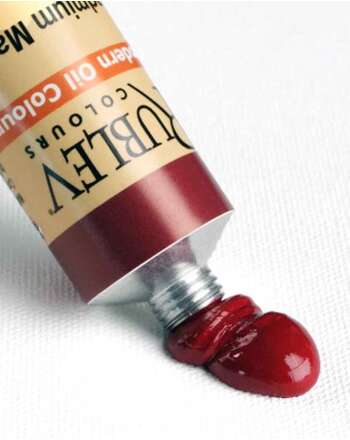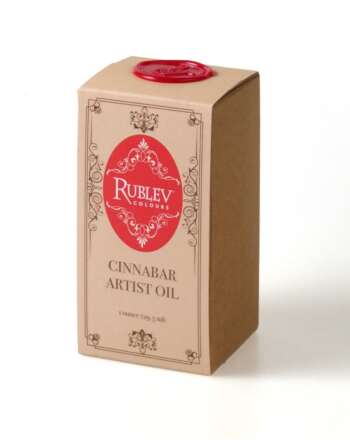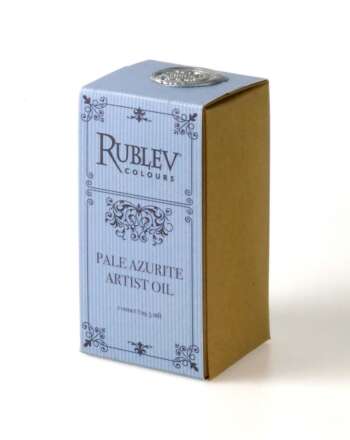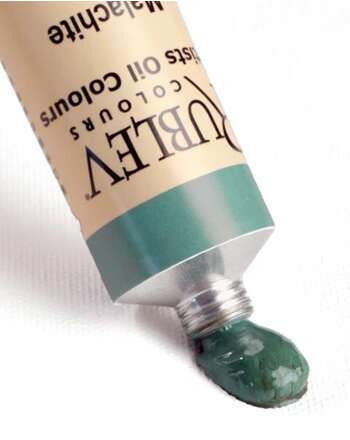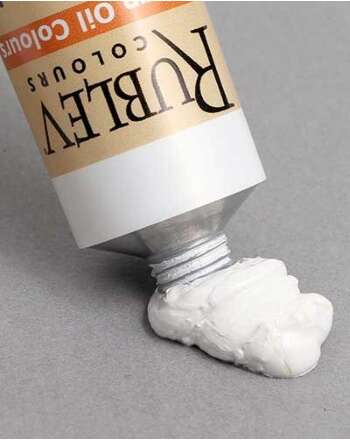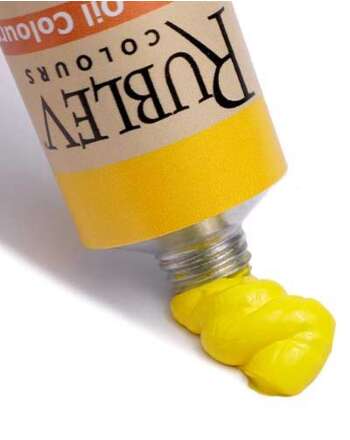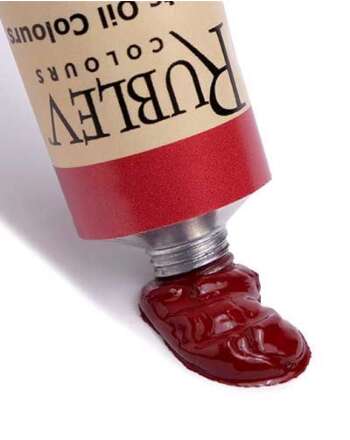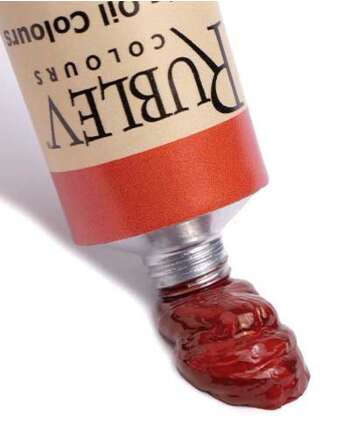Oil paints are among the simplest paints, yet they have exceedingly complex drying properties. Oil paints consist of a binder—a drying vegetable oil—and pigment. Pigments are solid colorants suspended in vegetable oil—commonly linseed oil. Vegetable oil gives oil paint its slow-drying properties, highly prized by artists even today. Commercial oil paints may contain other ingredients, such as extender pigments, pigment stabilizers, and driers.
Paints for Professional Artists
What paints do professionals use?
Professionals use paints that have proven durability and long-lasting color. Traditional paints include oils, tempera, watercolors, and gouache. In the past century, new paints were developed and adopted by professionals. These include acrylics and alkyds. More recently, encaustic and wax paints have received much attention from artists.
How to distinguish the quality of paint
The quality of paint depends largely on the pigment and pigment concentration compared to the total volume of the paint. To determine the quality of paint, artists should understand the type of pigments used in paint and their relative lightfastness or degree by which they retain their color.
Why is paint so expensive?
The biggest cost of paint is pigment. Pigments make up a large volume of artists’ paint and also the highest cost of all the materials used to make paint. The cost of pigments ranges from tens to hundreds of dollars per kilogram. Rare historical pigments can even cost thousands of dollars per kilogram. So, it is no surprise that artists’ paints are expensive.
Learn More About Paint
White is the lightest color and is achromatic (having no hue). White reflects all the colors of the visible light spectrum to the eyes. But in a technical sense, white is not a color like black; it is a shade. Black and white augment colors. White is not simply white. Each different white oil paint has a hue bias, often called ‘temperature’ by artists. Each white oil paint also has other properties, such as hiding power or opacity and tinting strength and how it flows or behaves under the brush or palette knife, known as rheology. This guide to white oil paint for artists can help you select the right white for your painting...
Let's toss out the concepts of “fat over lean” and, for that matter, “thick over thin” (or the confused “thick over lean”) while we are at it, and let's consider the physical structure of the paint. To help you to understand the properties of oil paint, it is helpful to understand the relation between the pigment and oil. One way to think about the relationship between pigment and binder is a brick wall. Every mason knows there is an ideal ratio of mortar to brick. Too much mortar, and the wall is weak. Not enough mortar, and the bricks fall apart...
Studies of the reaction of painting supports, oils, and pigments to changes in the environment during the past hundred years make it possible to understand the behavior of paintings. Modern commercial oil paints present new issues to conservators as they observe defects in paint films caused by new pigments and additives used in their formulations...
Artist Materials Advisor on Oil Colors
Historical Yellow Oil Colors
In this episode of Natural Pigments' Art Materials Advisor, Tatiana Zaytseva discusses the history of yellow pigments used by artists from medieval times to the 20th Century. She shows you the characteristics of Naples Yellow, Lead-Tin Yellow, Chrome Yellows, and Orpiment.
Historical Green Oil Colors
In this episode of Natural Pigments' Art Materials Advisor, Tatiana Zaytseva, cofounder of Natural Pigments, covers the history of green pigments and hues and shows you how each green mixes with a variety of colors.
Artist Materials Advisor on Watercolors and Ceracolors
Twelve New Rublev Colours Watercolors
In the Art Materials Advisor, we introduce 12 new watercolors covering a range of hues from blue, green, yellow, and red to purple. Watch demonstrations of each color and how they play with others.
Ceracolors Waterborne Cold Wax Paint
Sculpt it. Manipulate it. Water it down. Heat it up. The possibilities are endless with Ceracolors Waterborne Wax Paint. Join Tatiana Zaytseva, a cofounder of Natural Pigments, for this live discussion and demonstration of Ceracolors, the solvent-free Cold Wax Paint.
Color Notes
See your favorite colors in action in our YouTube Color Notes series. Each episode features one or two oil colors in mixtures with others. Each also has a demonstration of how to make paint with that pigment. Watch Color Notes on YouTube.
Featured Oil Paints
Frequently Asked Questions
What are oil paints made of?
What are the advantages of oil paints over other types of paint?
The main advantages of oil paints are their flexibility, slow drying, and colorfulness. They can be applied in many ways, from thin glazes to dense, thick impasto. Because it is slow drying, artists can continue working with the paint for much longer than other types. Oil paint films offer higher color saturation when compared to waterborne paints.
What kind of surface should be used with oil paints?
The most common surface for oil paint, which has been used for centuries, is stretched primed canvas. Stretched canvas, also known as flexible supports, is susceptible to tears and sagging and becomes brittle. Modern alternatives include plywood panels, medium-density fiberboard (MDF), and hardboard. The disadvantage of rigid wood supports is that they warp and crack. Aluminum composite material or ACM panels offer one of the best choices for today’s artists. Lightweight and strong, they do not warp, crack, tear or sag.
Why is oil paint expensive?
The biggest cost of paint is pigment. Pigments make up a large volume of artists’ oil paint and also the highest cost of all the materials used to make paint. The cost of pigments ranges from tens to hundreds of dollars per kilogram. Rare historical pigments can even cost thousands of dollars per kilogram. So, it is no surprise that artists’ paints are expensive.
What supplies do I need for oil painting?
Obviously, you'll need oil paint. You will also nerf a set of round and flat brushes. Imitation Mongoose brushes are excellent for all-around painting. Contrary to what most believe, you do not need turpentine or another solvent to clean brushes. A brush washer filled with vegetable oil will clean brushes. Next, you will need refined linseed oil, and a bodied linseed oil. A palette knife and palette are indispensable for mixing colors. Rags or paper towels are a must. Finally, but most important, is a painting support, such as Artefex ACM panels.
Author: George O'Hanlon—See Author's Biography




